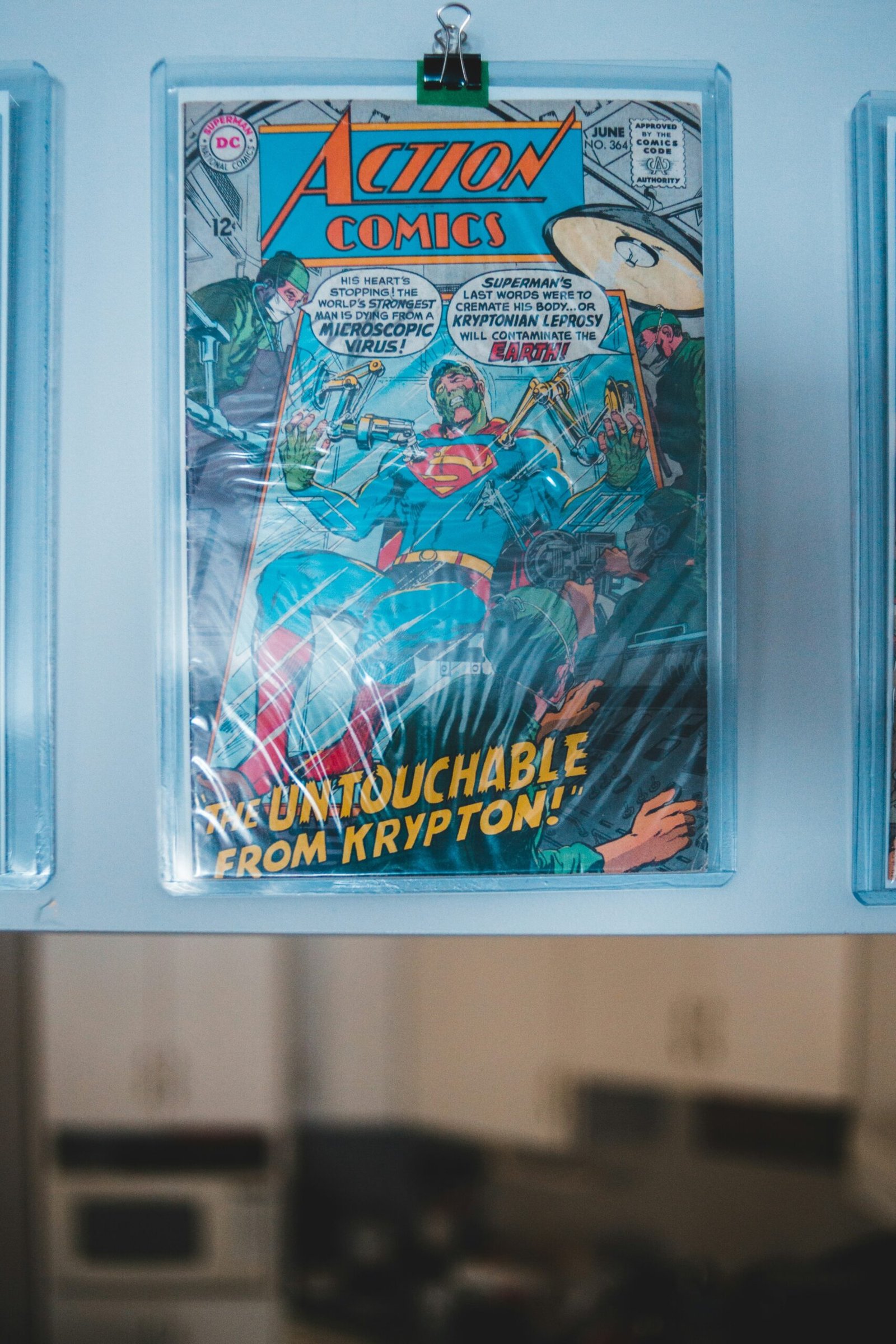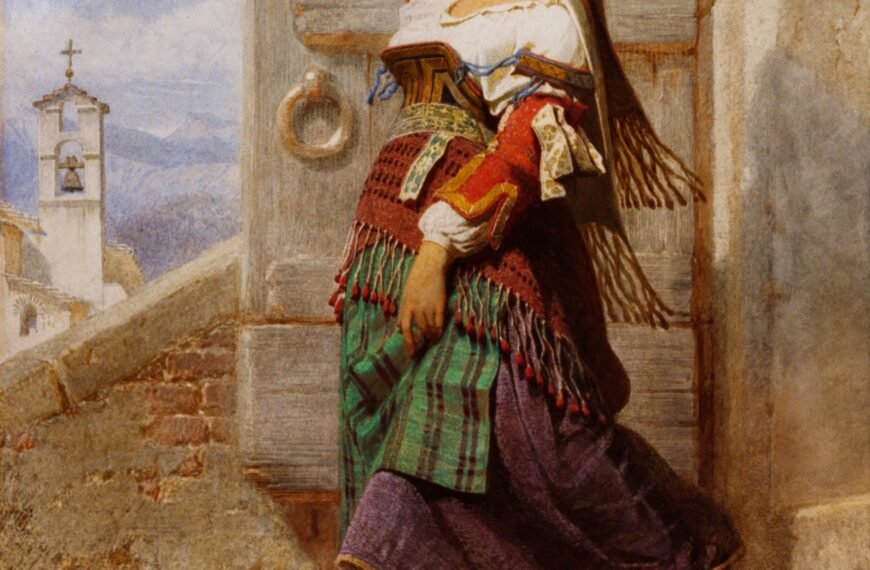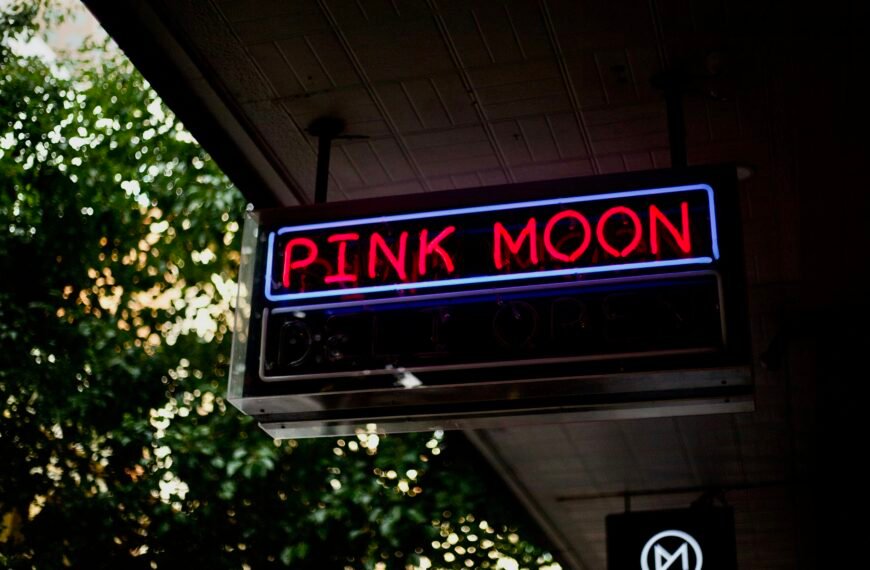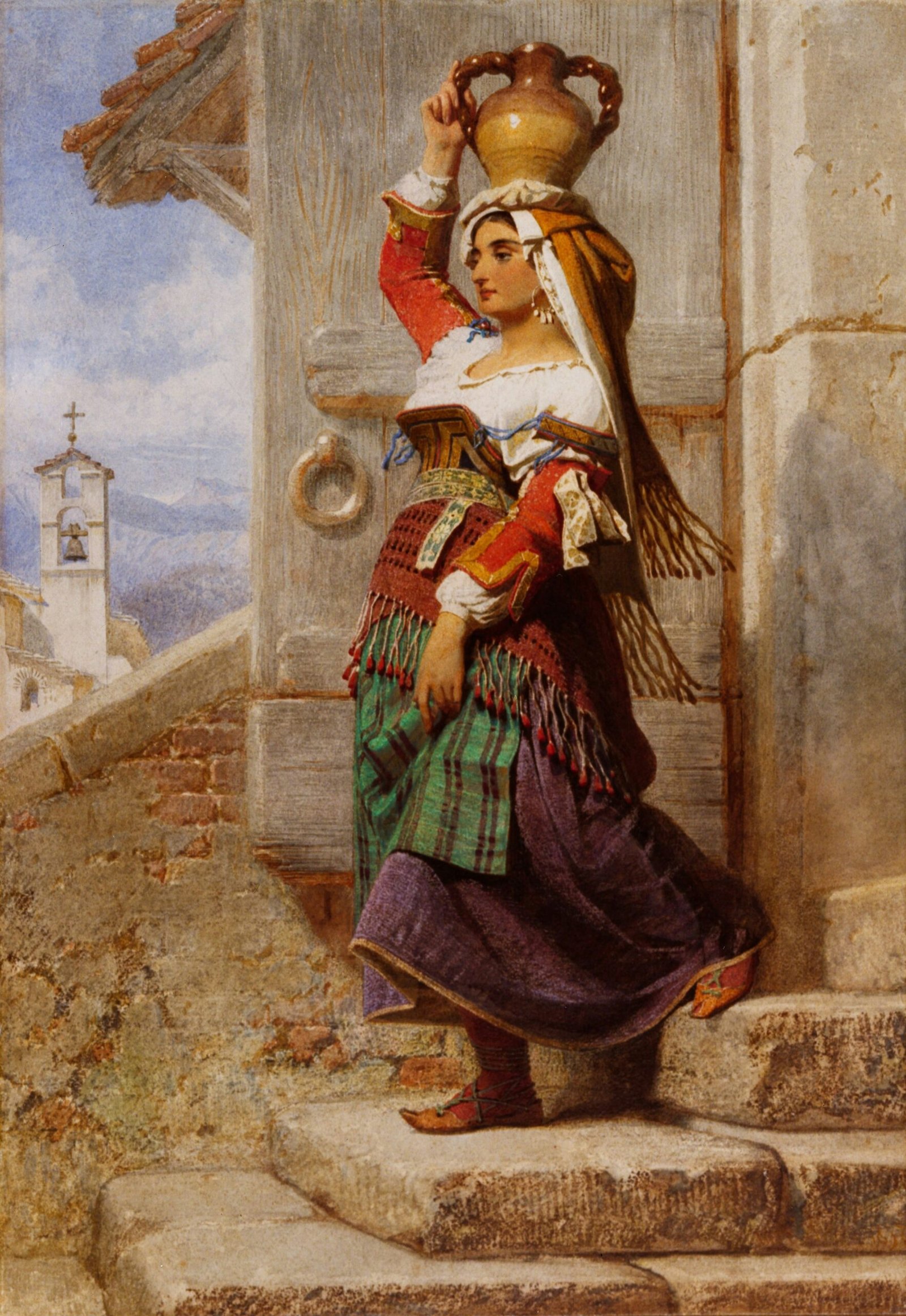Discover the captivating story behind Philip Guston’s teenage drawings that unveil a lost world of funny pages, showcasing his early talent in cartooning. Before becoming a celebrated artist known for his bold figuration, Guston, then known as Philip Goldstein, contributed to The Los Angeles Times Junior Club’s art staff, where his creations entertained the youth audience of the West Coast’s largest home delivery. Through his characters like Kolly-Jit and Skinny Slats, these drawings offer a glimpse into Guston’s formative years and could potentially enhance our understanding of his artistic evolution. Dive into this fascinating journey into the teenage artistic endeavors of a future art legend, now open for all to explore.
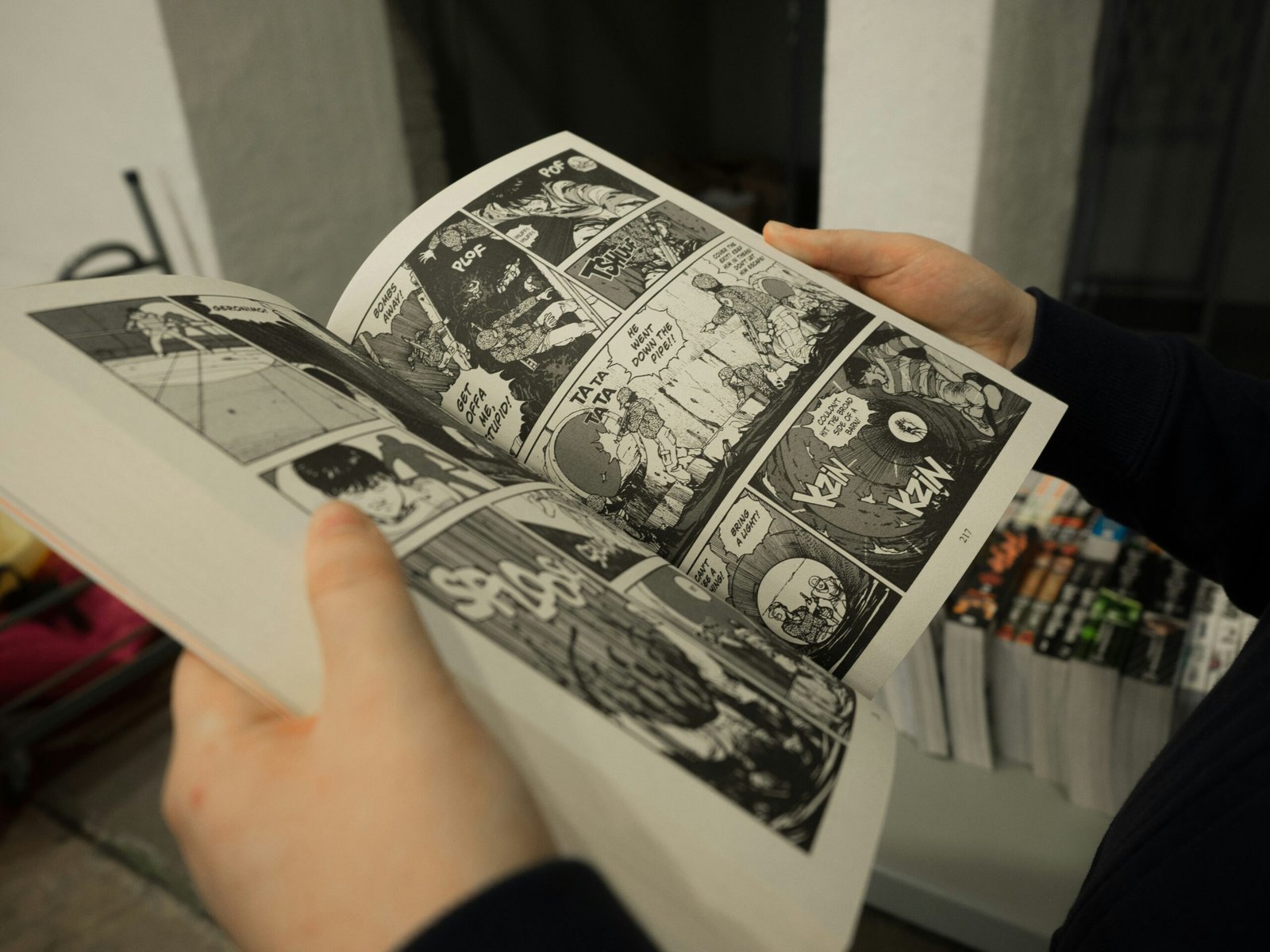
Exploring Philip Guston’s Teenage Drawings
Have you ever wondered about the early artistic influences that shaped renowned artists? In the case of Philip Guston, his teenage drawings provide a fascinating glimpse into a lost world of funny pages. Let’s delve into the world of Guston’s apprentice cartoons and see how they may enrich our understanding of both the artist and his art.
The Los Angeles Times’s Junior Club
Before Philip Guston became a celebrated artist, he was a member of the art staff at the Los Angeles Times Junior Club. This youth organization produced The Junior Times, a Sunday supplement aimed at kids. It was here that Guston honed his artistic skills and began to develop his unique style.
The Characters of Guston’s Drawings
One of the standout characters in Guston’s teenage drawings is Kolly-Jit, an overeager schoolboy whose name is a playful pun on “collegiate.” Through Kolly-Jit, Guston welcomed new members to the Junior Club with a friendly “Howdy!” Another memorable character is Skinny Slats, an ironically corpulent lad who struggles with loneliness until he is welcomed by fellow Junior Club cartoonists.
Influences and Inspirations
Guston’s drawings from his teenage years not only showcase his budding talent but also reveal the influences and inspirations that would shape his future work. From the humorous tone of the funny pages to the camaraderie of the Junior Club, these drawings provide a window into the artist’s formative years.
Uncovering the Public Domain Treasure
As we unearth Philip Guston’s teenage drawings, we discover a treasure trove of artwork that is now in the public domain. Just like iconic characters such as “Steamboat Willie” and Winnie the Pooh, these drawings are freely available for anyone to explore and enjoy. Let’s take a closer look at some of Guston’s early works and what they reveal about his artistic evolution.
Kolly-Jit: The Friendly Greeter
Kolly-Jit, with his infectious enthusiasm and welcoming “Howdy!”, embodies the spirit of friendship and camaraderie that defined the Junior Club community. As one of Guston’s central characters, Kolly-Jit reflects the artist’s ability to create endearing and relatable figures that resonate with audiences of all ages.
Skinny Slats: The Heartfelt Symbol
Skinny Slats, despite his comical appearance, conveys a poignant message about loneliness and the power of friendship. Through his interactions with other Junior Club cartoonists, Skinny learns the importance of connection and belonging, themes that would reappear in Guston’s later works.
Hardie Gramatky: A Future Watercolorist
Among the Junior Club cartoonists who influenced Guston’s early drawings was Hardie Gramatky, who went on to become a respected watercolorist admired by artists like Andrew Wyeth. Gramatky’s collaboration with Guston and other young talents speaks to the supportive and nurturing environment of the Junior Club that fostered artistic growth.

Connecting the Dots: Guston’s Artistic Journey
By examining Philip Guston’s teenage drawings, we can trace the trajectory of his artistic journey from a budding cartoonist to a renowned painter. The themes, characters, and storytelling techniques present in his early works foreshadow the distinctive style and content that would define his later oeuvre. Let’s explore how these drawings serve as a bridge between Guston’s formative years and his mature artistic vision.
Transition to Figurative Style
Guston’s shift from cartoonist to painter marked a pivotal moment in his artistic evolution. The bold and expressive figuration that defined his later works can be seen taking root in his teenage drawings, hinting at the direction his art would take in the future.
Themes of Friendship and Belonging
The themes of friendship, camaraderie, and belonging that permeate Guston’s teenage drawings continued to resonate throughout his artistic career. From his early interactions with the Junior Club members to the deep connections forged with fellow artists, these themes shaped his personal and artistic identity.
Legacy of Collaboration
Guston’s collaborative spirit, evident in his work with other Junior Club cartoonists, carried over into his later collaborations with artists and intellectuals. The sense of community and mutual support that characterized his early artistic endeavors laid the foundation for enduring relationships that enriched his creative practice.
Conclusion: Philip Guston’s Enduring Legacy
In conclusion, Philip Guston’s teenage drawings offer a rare glimpse into the formative years of a celebrated artist whose work continues to captivate audiences around the world. Through his early creations, we see the seeds of creativity, imagination, and friendship that would blossom into a rich artistic legacy. As we explore Guston’s lost world of funny pages, let’s remember the power of art to connect us across time and space, bridging generations and sparking inspiration for future generations of artists.
